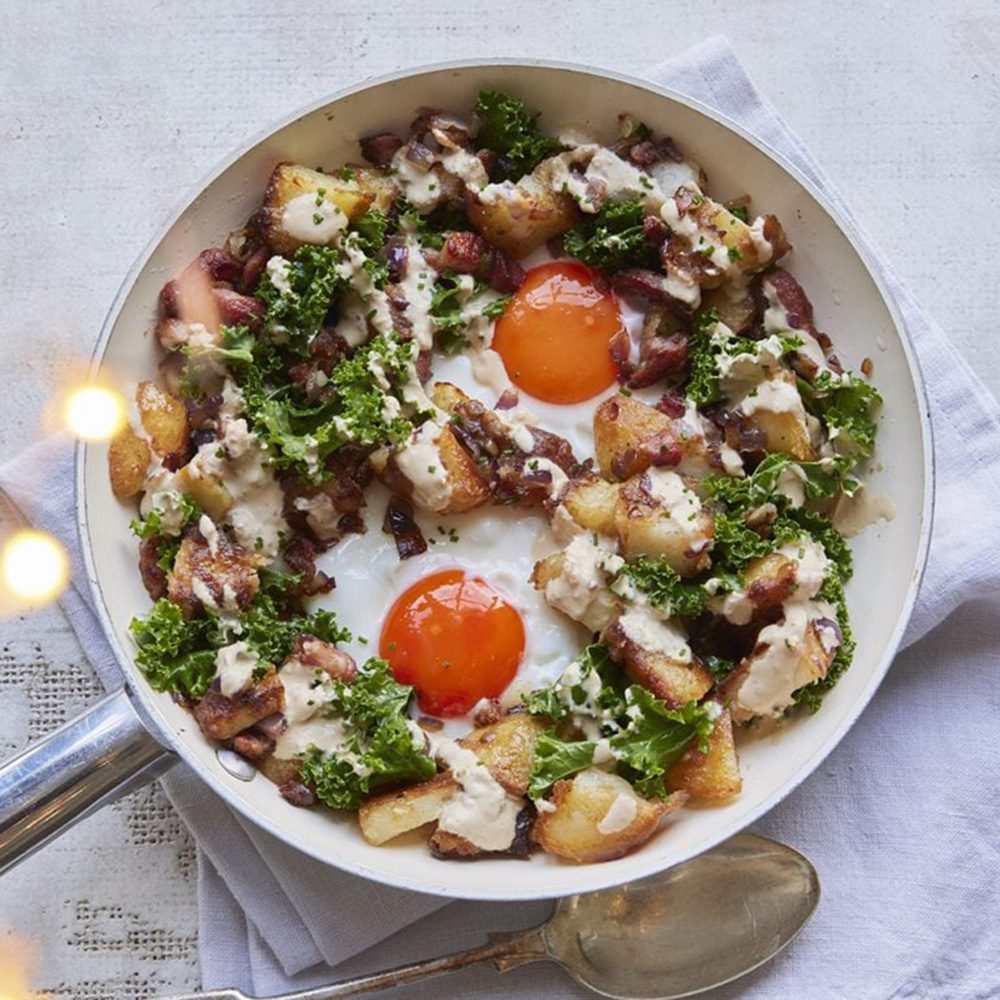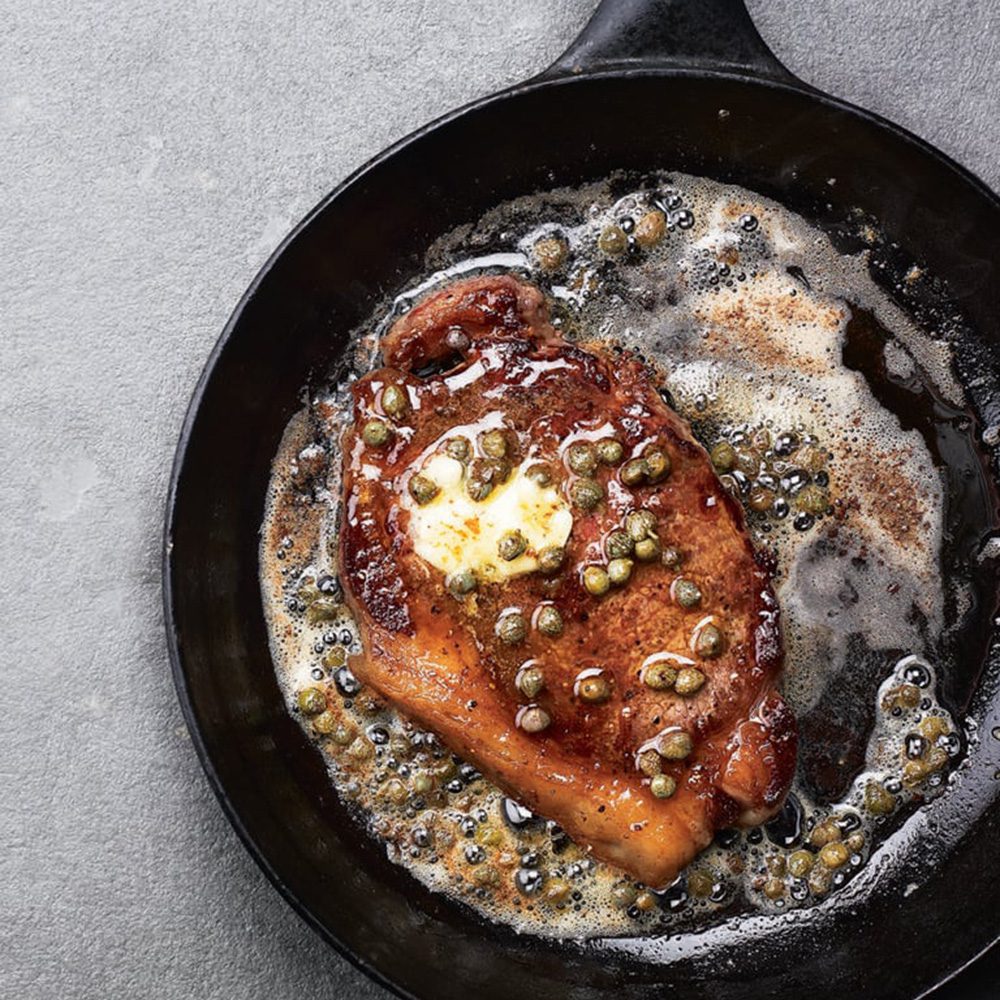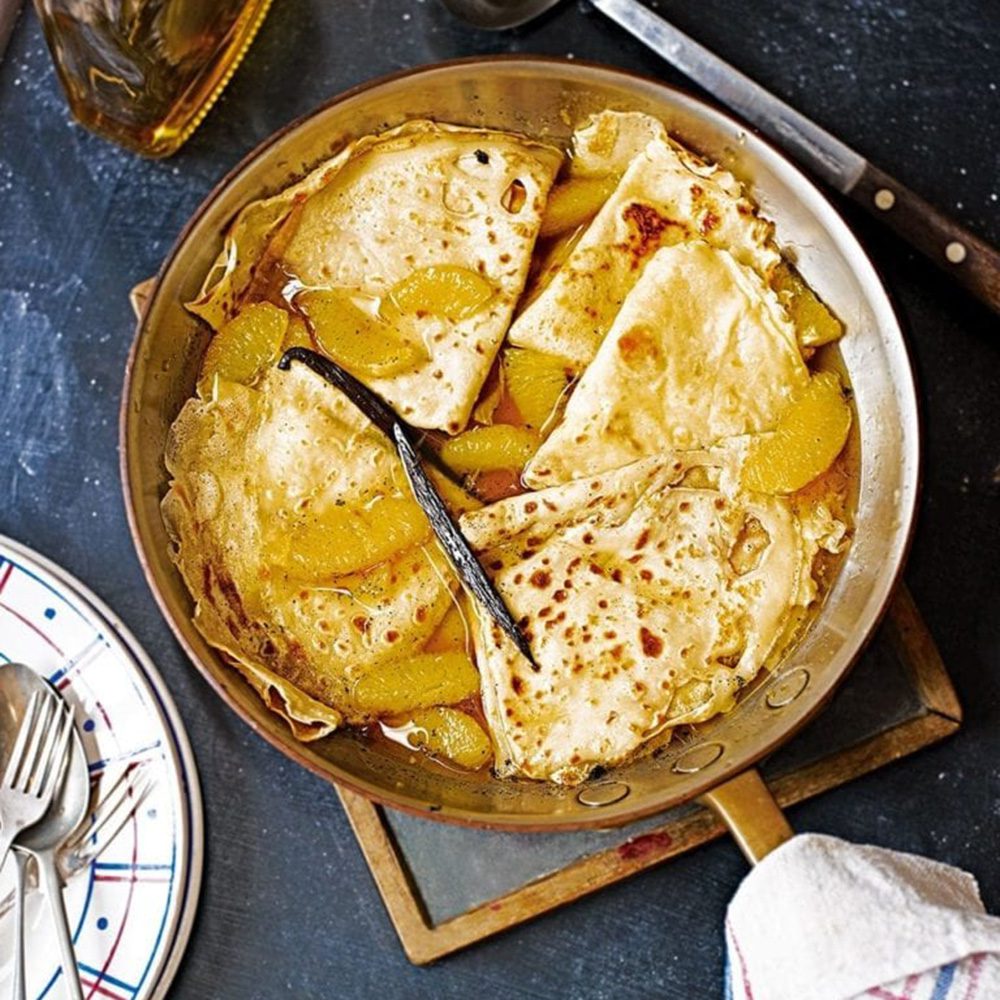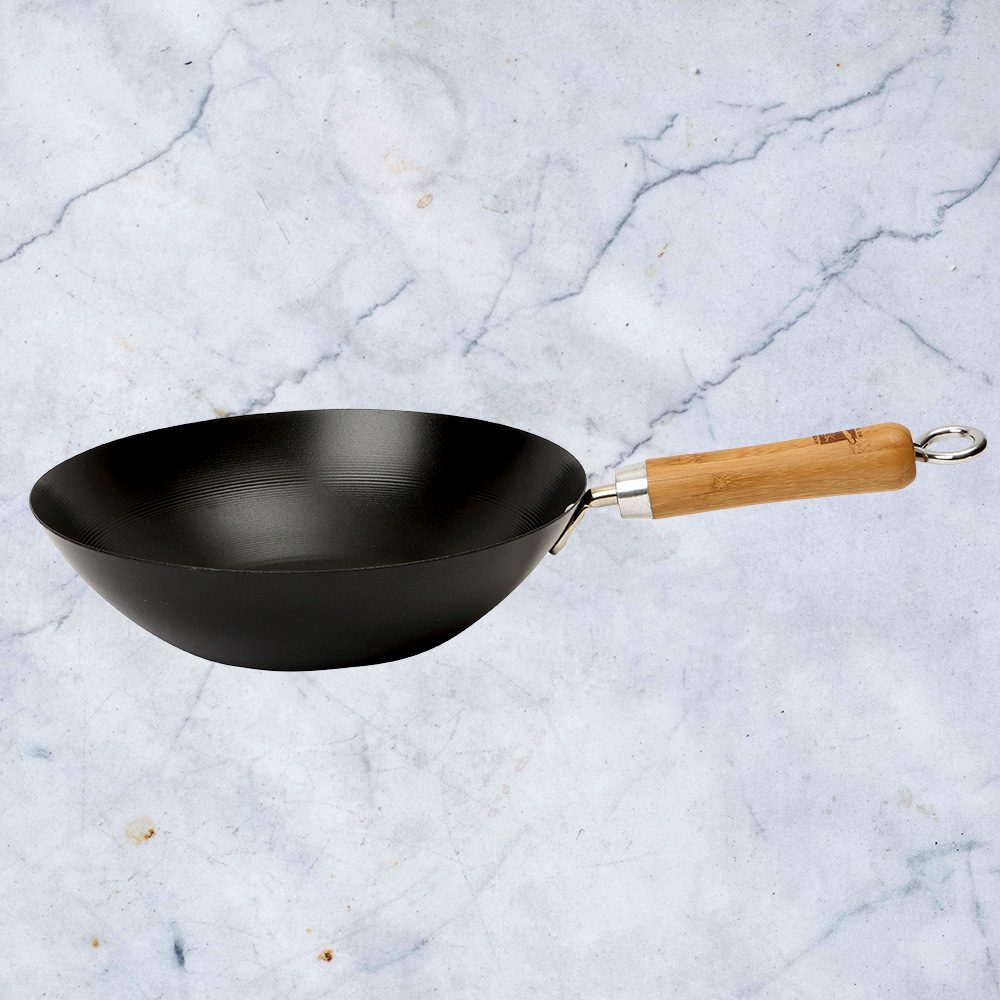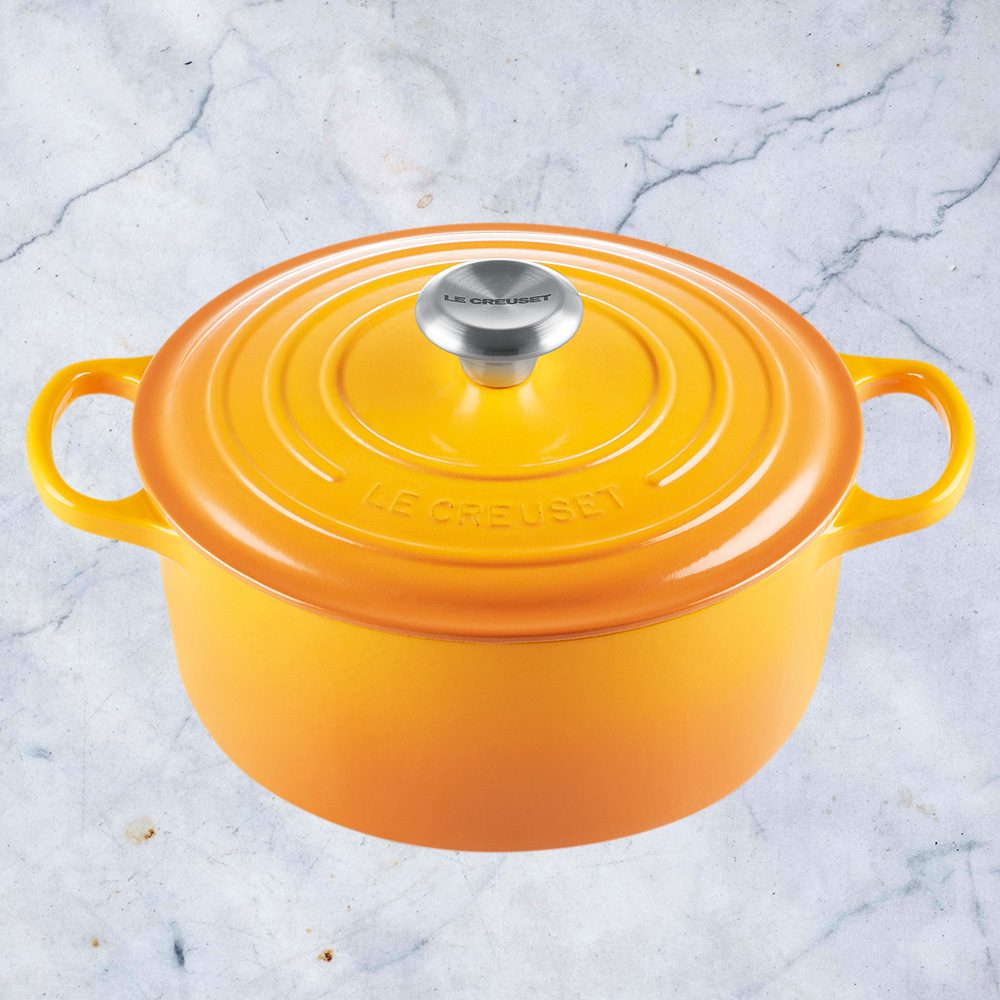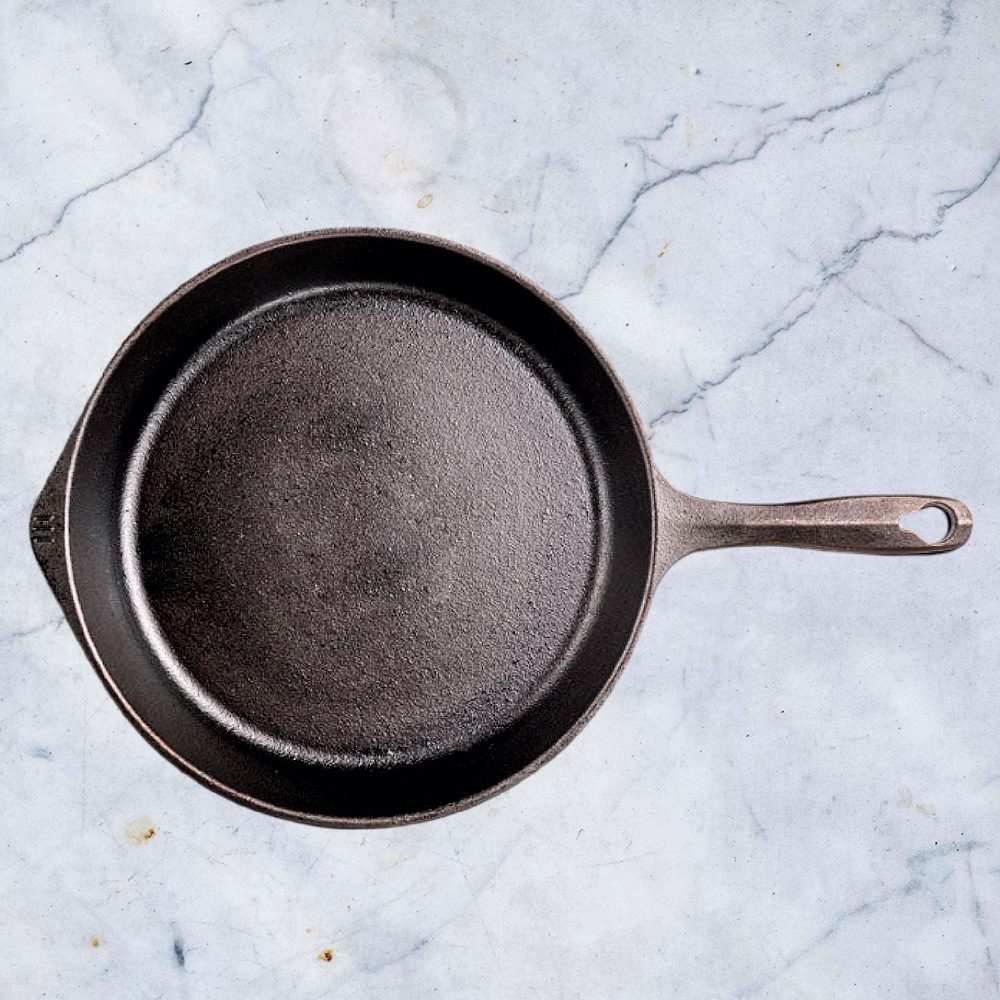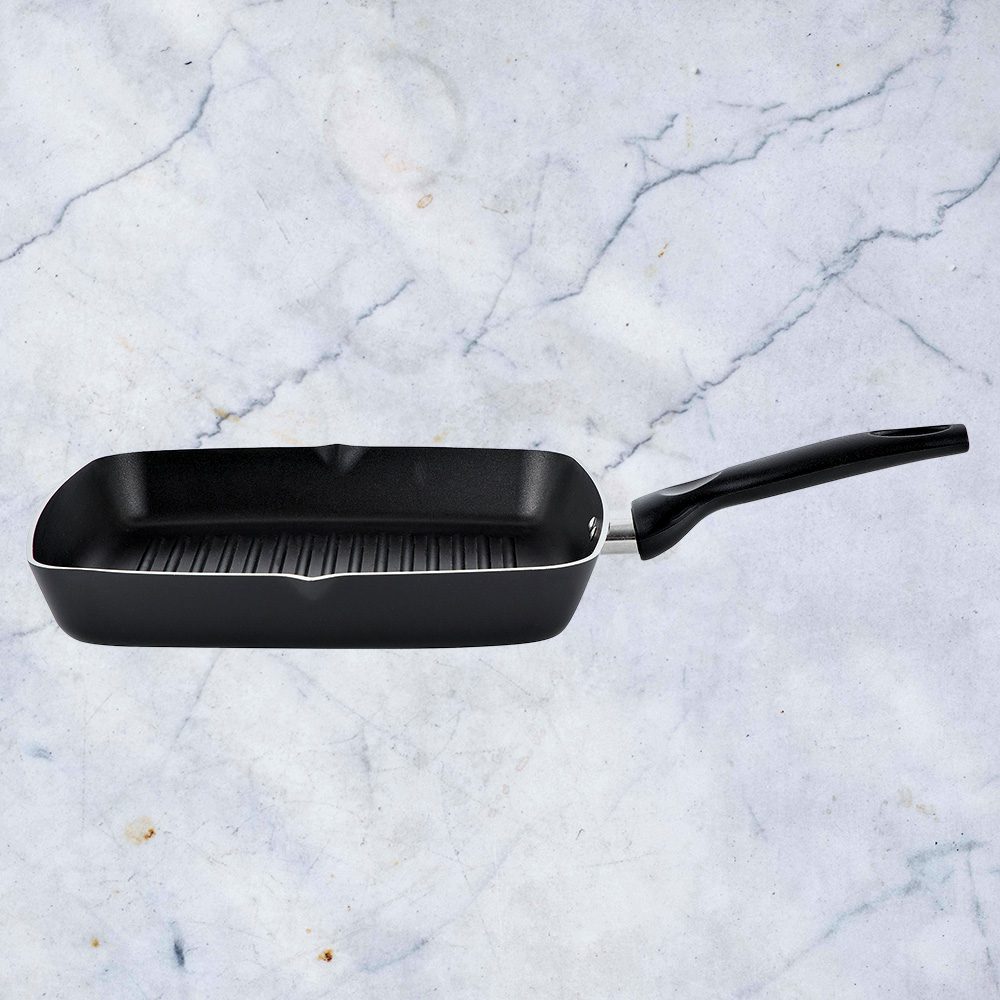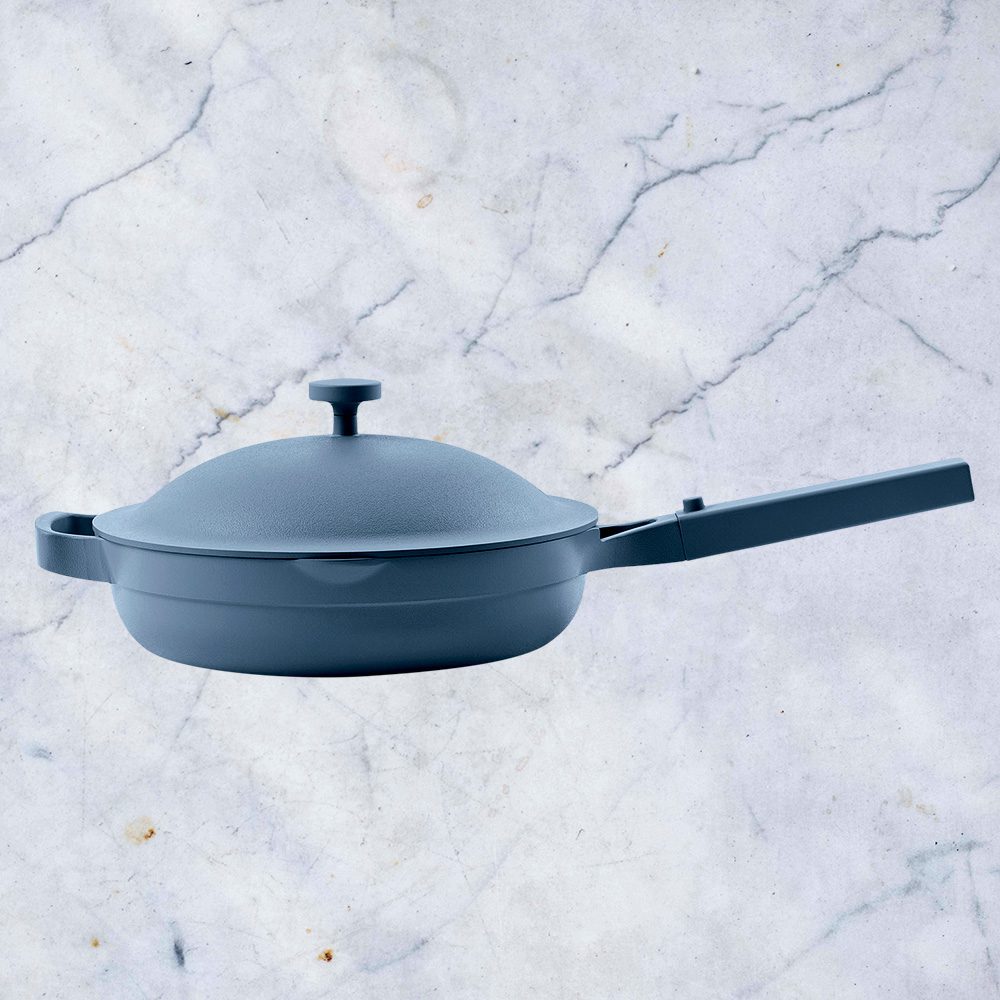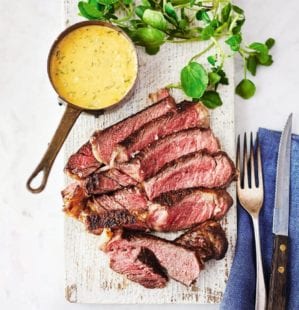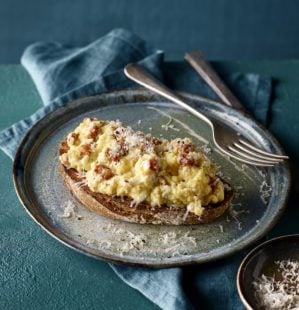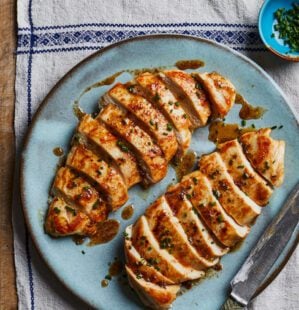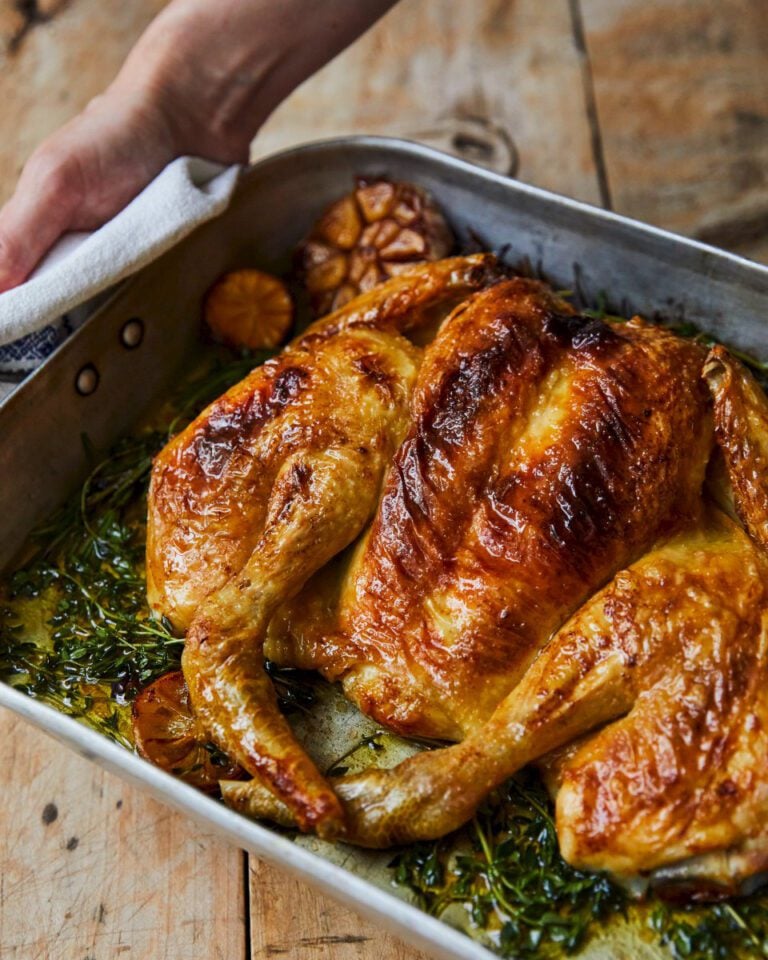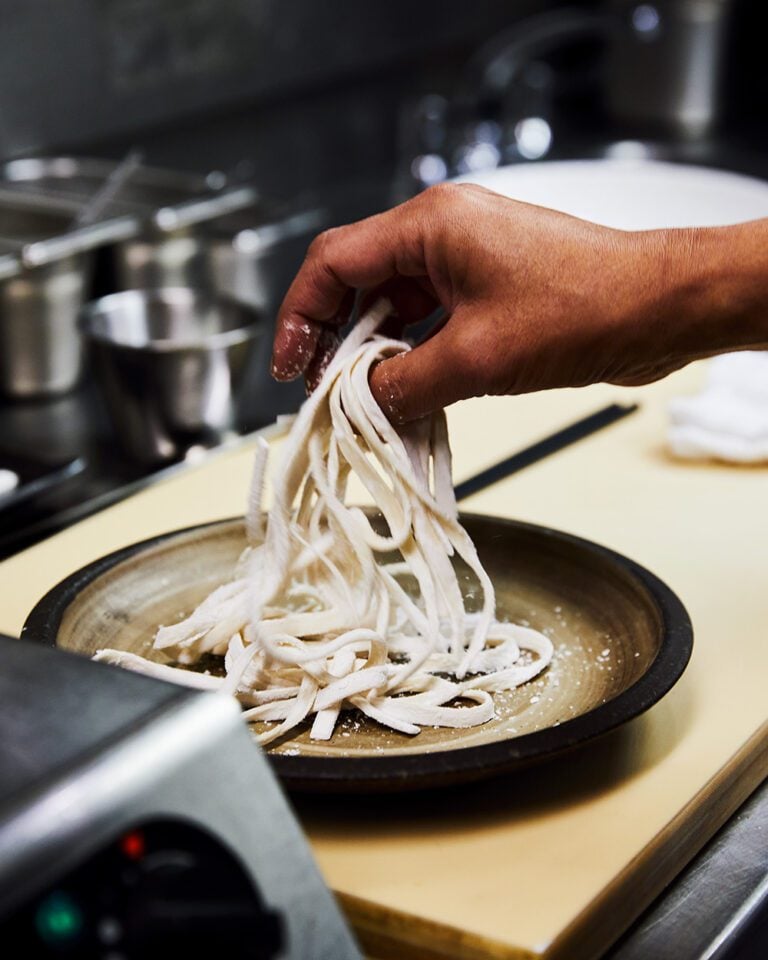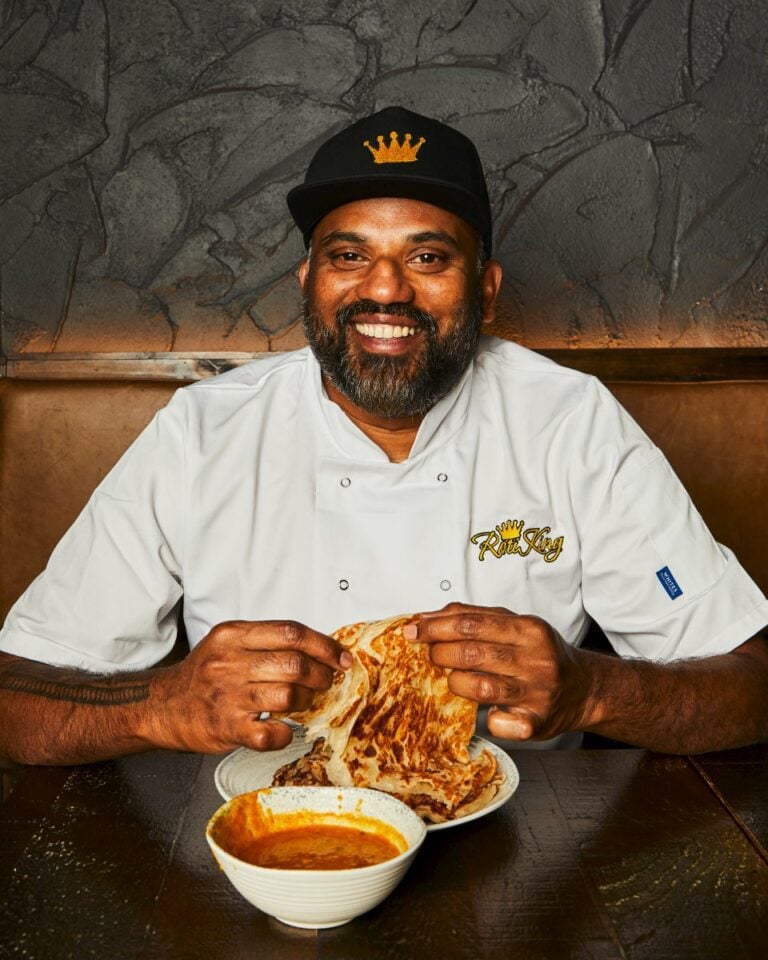How to pick the best pan for the job
Tri-ply, stainless steel, cast iron, aluminium, copper, nonstick, ceramic – there are a lot of options out there… So how do you choose the right pan? Food editor Tom Shingler weighs up the pros and cons of each to help you find the best one for you.
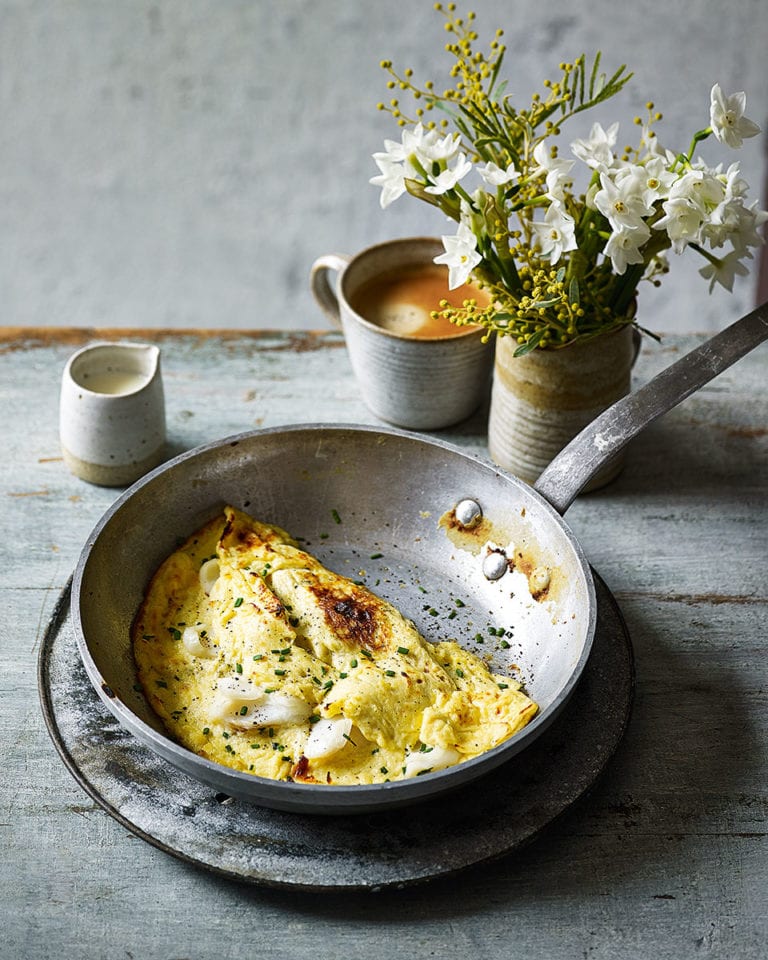
You can spend a lot of money on a pan. You can also spend very little. And for all those pans in between, there’s a world of techno-marketing speak, golden promises about how they’ll never let you down, and all sorts of materials, coatings, shapes and sizes – making choosing where to spend your money seem daunting.
One thing you don’t need to worry about, however, is buying a huge range of different pans. You might want that copper saucier pan or shiny teal cast-iron cocotte, but as long as you have a frying pan and a few saucepans, you can cook the vast majority of dishes. After that, you can tweak your arsenal to suit your style: if you cook a lot of stir-fries, get a wok. If you like slow-braises and stews, a casserole is a good investment.
Naturally, after saying all that, I own more pots and pans than I can fit in my kitchen, but that’s falling into the want rather than the need category. In the same way that owning a few great knives is far better than spending the same on a lower quality full set, investing more in those core pans that get used daily is the way to go. And it’s what those pans are made from – and how that material suits whatever you’re cooking – that’s the most important thing to consider.
This is my ‘Top Trumps’ run-down of the three most popular materials used to make pans: their pros, cons and how to get the most out of them. Which of them work best for you is a matter of personal preference.
Non-stick pans
These tend to get a bad rep due to health concerns around a chemical called PFOA, which was used to make non-stick coatings. It was banned in the UK in 2005 and globally in 2019, however, so you don’t need to worry about it for any new pans you’re buying.
Non-stick pans are just metal (usually aluminium) with some sort of coating that has non-stick properties, such as Teflon or a ceramic glaze. They often promise the world, claiming you’ll never get a burnt bit stuck on your pan ever again. The reality is that they tend to lose their non-stick qualities after a year or two, especially if they’re regularly subjected to high heat. They are, however, unrivalled when it comes to frying eggs. Just don’t think of them as a long term investment.
- Ease of use: 10/10
No learning curve required - Non-stick ability: 10/10
At the beginning, at least… - Longevity: 3/10
It will start to wear out after a year or two and is easily damaged by metal utensils - Versatility: 6/10
Great for a lot of dishes (but nothing that requires searing) and you usually can’t use it in the oven
Hero dish: Scrambled eggs
Superpower: The non-stick coating usually means you have a few minutes more than other pans before food starts burning
Perfect for… The everyday or beginner cook who just wants to get food on the table without hovering over the stove
Cast iron
Cast iron cookware has legions of fans, achieving cult-like status and preachers proclaiming it’s unbeatable. I can see why – these pans are thick, heavy and retain heat like no other. They’re unmatched for meat that needs a strong sear: having one is a must if you’re often cooking steak.
The downside? Seasoning and maintenance. You can’t use a piece of cast iron cookware as soon as you get it home and expect it to work properly. You need to ‘season’ it by washing, drying, oiling, then heating the pan until it’s smoking (there are countless guides on how to season a pan properly online). It also needs cleaning, drying and coating with a thin layer of oil straight after every use. If you put it in the dishwasher or leave it wet for too long, it’s going to rust. Obviously, not everyone wants this amount of upkeep for their pans!
- Ease of use: 4/10
Not dishwasher safe and you need to clean it right away - Non-stick ability: 7/10
The more you (correctly) maintain it, the better the non-stick gets - Longevity: 8/10
Will last you for life (unless you accidentally leave it in the washing-up bowl overnight) - Versatility: 6/10
Great for searing and frying, not so great for simmering and gentle cooking (but always oven safe)
Hero dish: Rib-eye steak
Superpower: A well-maintained cast iron pan will become a source of pride
Perfect for… Meat lovers who wish they could cook on the barbecue every day
"You don’t need a huge range of different pans. As long as you have a frying pan and a few saucepans, you can cook the vast majority of dishes"
Stainless steel (and try-ply)
Stainless steel tends to be what professional chefs use (along with carbon steel) – and for good reason. It’s seriously durable, heats evenly and is oven safe even at very high temperatures. It’s also brilliant at creating ‘fond’ – the French term for those flavourful brown bits that get stuck to the pan, ready to be deglazed in a splash of wine and turned into an incredible sauce.
So why isn’t it the go-to for everyone? You need to learn how to use it. Putting food into a cold stainless steel pan will usually mean it sticks hard and fast, so you need to properly heat it before cooking. You also can’t skimp on the cooking fats if you’re frying (for the same reason). But get to grips with stainless steel and you’ll see why all the top chefs love it.
Tri-ply pans are the fancier (and pricier) upgrade to pure stainless steel – because steel can be a bit sluggish when it comes to conducting heat, tri-ply pans have a core of another more reactive metal (usually copper or aluminium) sandwiched between two layers of steel to help distribute the heat
faster. For my money, tri-ply pans are the best all-rounders out there, provided you’re willing to spend a little time learning how to use them and are patient enough to heat them properly before you throw your ingredients in.
- Ease of use: 6/10
There’s a learning curve, but once you master it you’ll be a convert - Non-stick ability: 7/10
If it’s heated and oiled correctly - Longevity: 9/10
It’s favoured in restaurants for a reason - Versatility: 9/10
It tends to work well for any dish
Hero dish: Crispy skin chicken breast fricassée
Superpower: The ability to create ‘fond’
Perfect for… Those who want to cook like (and pretend they are!) a professional chef
Best of the rest
Carbon steel is similar to cast iron, but lighter and quicker to heat up. It’s particularly good for woks, as they get hot in seconds and can be lifted with ease. But it requires seasoning (although you can get pre-seasoned pans) and maintenance like a cast iron pan.
Enamelled cast iron is what those heavy but pretty casseroles tend to be made from, which are unbeatable for stews and slow braises. They’re pretty indestructible and look good enough to bring to the table, but they heat up slowly and won’t sear ingredients as well as other materials.
Copper is a beautiful material that will develop a patina over time – and it heats up (and cools) very quickly. But it tends to be expensive and lined with stainless steel anyway, so it’s generally an aesthetic decision to splurge on a set.
Ceramic pans tend to enjoy bursts of popularity every now and then, offering a natural alternative to non-stick coated pans. They’re usually metal that’s been coated in a ceramic glaze and heated at very high temperatures. But they can be slow to heat up and the non-stick element can wear out quite quickly.
The delicious. team’s top pots
Food editor Tom Shingler loves creating a stir-fry in a carbon steel wok from Dexam (from £15) or School of Wok (from £27). “Dexham’s carbon steel woks are ideal for lightning quick stir-fries, getting super-hot super-fast and bringing you as close to achieving wok hei (that special wok flavour) as you can get on a domestic hob.”
Food producer Pollyanna Coupland’s favourite is the Le Creuset Signature Cast Iron Round Casserole (£225, John Lewis). “Not only does its gorgeous yellow colour bring joy to the kitchen, it’s versatile too – the cast iron distributes heat evenly, making it perfect for stove-top risotto and pot roasts in the oven.”
Food producer Emily Gussin loves her Emba cast-iron skillet (£79.99). “It’s the best way to get amazing flavour from searing and charring your foods (it puts non-stick pans to shame). I use it for pan roasting veg or meat, toasting flatbreads or making frying-pan-to-oven pizzas, as it holds the heat exceptionally well.”
Acting editor Les Dunn’s lightweight Dunelm Essentials aluminium griddle pan has served him well for years. “It cost me £7, and now it’s £8, which is still the bargain of the century. I’ve cooked many a steak to perfection in it (don’t tell Tom), with those fetching char lines. Afterwards I give it a soak before bunging it in the dishwasher, then it’s ready to go again.”
Art director Joss Bowerman loves her Our Place Always ceramic coated pan (from £105). “I go for aesthetics over function. Fortunately with this pan, the functionality matches its beauty. With a great non-stick coating for frying, a brilliant steamer and spatula built in, plus being easy to clean, it’s the perfect pan for me.”
Want to put your new pan to good use? Check out our best one-pots, steak recipes and stir-fry ideas.
Subscribe to our magazine
Food stories, skills and tested recipes, straight to your door... Enjoy 5 issues for just £5 with our special introductory offer.
Subscribe
Unleash your inner chef
Looking for inspiration? Receive the latest recipes with our newsletter
